Of all the things a race car does (accelerating, turing, braking, and combinations there of) it spends the smallest percentage of its time braking. Now, that’s not to imply that brakes are unimportant, quite the opposite. The most important skill a race car driver can have is good braking technique, and his most important tool is strong, reliable, and (most important) easy to modulate brakes. And because a race car slows down several times faster than it can accelerate, those few precious seconds are critical.
To say the brakes on the Merkur were SCARY in need of attention would be very generous indeed. Lucky for us every single part of the ENTIRE FUCKING system was replaced or serviced during this upgrade, at times more than once…
Let me preface by noting that we were desperately behind schedule challenging ourselves at this point in the build, and we had to abandon our previous plans to categorically overbuild the system. There were many, many wine-soaked conversations about the brake upgrades (think 14″ rotors with 4 piston Mustang Cobra monoblock calipers). However, in the interest of simplicity and economy of time, we decided to go with a proven setup, using a pre-engineered set of parts. This would allow us the luxury of a bolt-on upgrade at a point when we we’re fabricating EVERYTHING from scratch.

The brake upgrade kits are from Key-Ideas and are some of the only options available best and most-respected kits on the market. They take advantage of Ford’s prodigious parts bin which keeps everything cheap, and allows us to keep our 4 lug bolt pattern. The kit calls for 11″ Ford Contour SVT rotors teamed with base model Mustang PBR calipers for the front. In the rear the kit uses Ford Thunderbird Turbo Coupe rotors and calipers. This is fairly significant as the Merkur comes with drum brakes from the factory (Seriously! the only sports car I have ever seen with IRS and drum brakes). The master cylinder upgrade is again from the Ford Turbo Coupe. The respective kits consist of just the adapter plates and hardware, you’re left to source the other parts on you own.

Installation was quite easy, nearly everything bolted right up. The only snag we ran into was mating the stock banjo bolts & calipers to the new stainless steel brake lines. The ends of the SS lines are much thinner than stock, and the banjo bolts were bottoming out in the caliper before meeting the crush washers. There were two options: A) order shorter bolts or B) grind the heck out of them. You can guess which route we took. The bad news was after all that work the lines and calipers refused to take a seal. Even after tightening, retightening, torquing and over-torquing the banjo bolts they would not stop leaking. Perhaps the crush washers were suspect? Well I did get them for free from Les Schwab, but I doubt they were the problem. (The leaking was later remedied by giving the brakes a good heat cycle)

In anticipation of generating some real heat we decided it would be best to add some cooling ducts to the system. An what better material to use than dryer ducting and, you guessed it, duct tape!

What’s supporting the ends you ask? Well, while wandering the hardware store we spied some plastic flanges that had built-in velocity stacks! What are they? Toilet Flanges. So, yeah, tadaa!

And with that you have our complete brake system. It was race tested a few weeks ago at Goin’ For Broken, and we did unearth a slight problem. Sometime between our third and fourth stints the brake pedal gained about 3 inches of travel and required an extra pump to engage fully. The problem was obvious, we had somehow boiled our brake fluid. We’re using good pads and good fluid, so what happened? The best answer we could come up with was that while the brakes were on track and had air flowing over them they were fine. However, when we stopped for a driver change the precious flow of air was interrupted, and the heat soaked brakes boiled the fluid in the calipers.
So, how to solve that problem… Offhand, we have a couple choices: A) Take it easy the last few laps (I don’t think so!) or B) Rig up some sort of cooling system for the brakes that does not rely on passive airflow. I’m thinking either a leaf blower electric fan or some sort of water pump/tubing system (like a cool suit). What do you guys think?

Okay here’s what you need.
2 of something like these, high-flow, 12v and should be able to find them in any wrecking yard that has an old school bus in it:
http://www.diytrade.com/china/4/products/2328564/8_deluxe_metal_fan.html
plus 1 switch, and a “Y” in your ducting, maybe a simple flapper in the Y to act as a flow director.
For pitting, turn fans on for active cooling — off for driving when you can rely on active cooling and not worry about the parasitic draw from the fans 😉